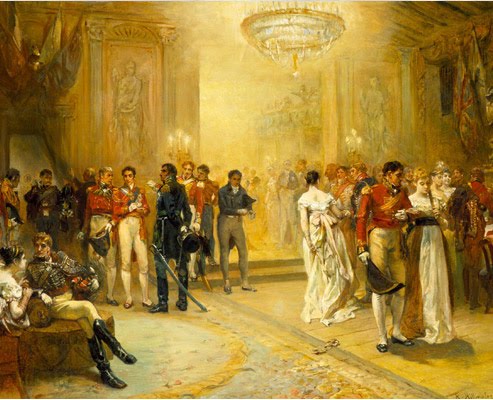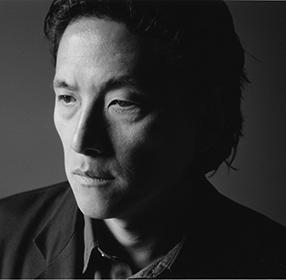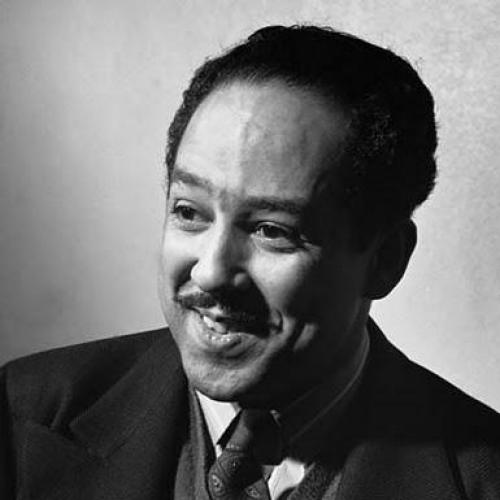About the poem: There are chiefly two distinct faces of George Gordon, Lord Byron and his poetry; one good, the other had; and those who write about him generally describe one side or the other in superlatives. Thus one critic speaks of his “splendid and imperishable excellence of sincerity and strength”; another of his “gaudy charlatanry, blare of brass, and big bow-wowishness.” Before his exile from England, in 1816, the general impression made by Byron is that of a man who leads an irregular life, poses as a romantic hero, and makes himself out much worse than he really is. His works in the first period are considered shallow and insincere in thought and declamatory or bombastic in expression.
After his exile, and meeting Shelley, there was a gradual change in his poetry, which can be considered as an influence of Shelley; his poetry became much more rhetoric. Byron was born in London in 1788, the year preceding the French Revolution. At the age of eleven, the death of his granduncle made him the heir to Newstead Abbey and to the title baronial title of one of the oldest houses in England. At school at Harrow, and in the university at Cambridge, Byron led an unbalanced life, and was more given to certain sports from which he was not debarred by lameness, then to books and study. His school life is marked with vanity, violence, and rebellion against every form of authority. Scott describes him as “a man of real goodness of heart, and the kindest and best feelings, miserably thrown away by his foolish contempt of public opinion.”
Byron published his first volume of poems, Hours of Idleness (1807), while at Cambridge. Its severe criticism in the Edinburg Review is responsible for the famous satire by Byron, English Bards and Scotch Reviewers, in which he has satirized not only his enemies but also Scott, Wordsworth and nearly all the literary men of his days. Childe Harold’s Pilgrimage was the poetic result of the Europe trip that he had taken in 1809, at the age of twenty-one. Byron, in 1824 went to Greece and gave away a large part of his fortune to the country for its struggle for liberty against the Turks. He died of fever, in Missolonghi, in 1824.
Poetic Devices in The Destruction of Sennacherib
METAPHOR: Line 1: “wolf on the fold” is the metaphor for the cruel and cunning Assyrian Army among the innocent Jerusalem society.
Line 3: “stars on the sea” is a metaphor for the sharp edges of the spears of the Assyrian army which shines.
Line 5: the dead soldiers are compared to the dry leaves at the peak of summer.
Line 7: the dead host is compared to the leaves at the end of the autumn, dead.
Line 24: the might of Gentile was wiped off by the glance of Lord, and this has been compared to the melting of snow.
TRANSFERRED EPITHET: Line 5:“Green” instead of serving as an adjective to leaves, has been shifted in the sentence to give an attribute to a different noun “summer”.
PERSONIFICATION: Line 19: “tents” have been personified by giving the human attribute of hearing.
Apart from the fact that the poem has the biblical story as its source, there are several religious references, especially in the concluding stanza, which has more than one biblical reference from the widows of Ashur to “the might of the Gentile” unsmoted by the sword. This stanza serves the purpose of demonstrating the fact that good prevails over evil.
The Destruction of Sennacherib Summary
“The Destruction of Sennacherib” is a more of a song than a poem, first published in 1815, in Hebrew Melodies. The poem is based on an event of Assyrian king Sennacherib capturing Jerusalem, as it has been described in the Bible. The poem is written in anapestic tetrameter. The Biblical story that this poem is based on accounts the story, as related in 2 Kings, of the Assyrian army came “against all the fenced cities of Judah, and took them.” Hezekiah prayed to YHWH in the temple, while the Assyrians were besieging Jerusalem; Isaiah in turn had sent the YHWH’s reply to Hezekiah to the effect “I will defend this city, to save it, for mine own sake, and for my servant David’s sake”; next night the Angel of YHWH “smote in the camp of the Assyrians a hundred fourscore and five thousand”, hence by the morning the Assyrian army was found dead mysteriously and Sennacherib had gone back to Nineveh. The poem narrates the same story in much more figurative language.
The Destruction of Sennacherib Analysis
Lord Byron in 1815, wrote a poem based on the biblical story of Sennacherib; Sennacherib was the emperor of Assyria from 705 to 681 b.c.e. his force laid a siege to Jerusalem in 701 b.c.e. the Assyrian were successful in conquering the entire East except for Judah, and the few remaining Israelite kingdoms. The ferociousness and aggressiveness of the Assyrian army have been captured by Byron in the poem when he compares them to “wolves on the fold”; where “fold” refers to the sheepfold, hence “wolf on the fold” is an image taken directly from the Bible which depicts the evil predator among the innocents. The poem begins with the narration of the age old story of the Assyrian armies cruel invasions “like the wolf on the fold”; their outfits were purple and gold, their sharp spears where shining like the “stars on the sea”. But in the second stanza, there is an abrupt change in the situation, for the poet suddenly moves from the war-like situation to the commentary about a new situation where the warriors were “like the leaves of the forest when the summer is green”. The Warriors suddenly from the aggressive warriors were now like the dry leaves when the summer is at its peak. The host who bore the banners were now like the dead leaves at the end of autumn; next morning he lay dead. In the third
But in the second stanza, there is an abrupt change in the situation, for the poet suddenly moves from the war-like situation to the commentary about a new situation where the warriors were “like the leaves of the forest when the summer is green”. The Warriors suddenly from the aggressive warriors were now like the dry leaves when the summer is at its peak. The host who bore the banners were now like the dead leaves at the end of autumn; next morning he lay dead. In the third stanza, the poet explains the reason for this condition.
The reader gets informed that it was the Angel of Death who was responsible for this, and hence the sleepers (Assyrians) were “chill” their heart became still. The fourth and fifth stanza continues the same depiction. Various images such as the nostril which once breathed out pride now no more active; the rider too lay “distorted and pale”; the tents are all silent as the soldiers are all dead; the unlifted lances, and unblown trumpet are the signs of the complete extinction of the troop. With the concluding stanza, Byron sets up the image of good winning over evil, through the destruction of Baal temple’s idols; the cries of the widows of Ashur, hinting at the probable death of Ashur.
Tone of the poem: The poem has a lot of religious references which is not surprising as the story that the poem narrates is itself biblical. The poem does not have any kind of shift or change of tone, though the narration takes a completely opposite direction in the second stanza. The mighty Assyrians with the ambition of conquering Jerusalem of the first stanza is no more mighty in the rest of the poem. Byron has concentrated on the downfall of the Assyrian army than their ruthlessness.
Conclusion: This poem is a work which exhibits the poetic geniuses of Byron’s poetry. With the use of peerless metaphor, epic biblical story Assyrian army’s end and the figurative language, Byron has effortlessly created a masterpiece that retells the story quintessentially.
Some online learning platforms provide certifications, while others are designed to simply grow your skills in your personal and professional life. Including Masterclass and Coursera, here are our recommendations for the best online learning platforms you can sign up for today.
The 7 Best Online Learning Platforms of 2022
- Best Overall: Coursera
- Best for Niche Topics: Udemy
- Best for Creative Fields: Skillshare
- Best for Celebrity Lessons: MasterClass
- Best for STEM: EdX
- Best for Career Building: Udacity
- Best for Data Learning: Pluralsight














